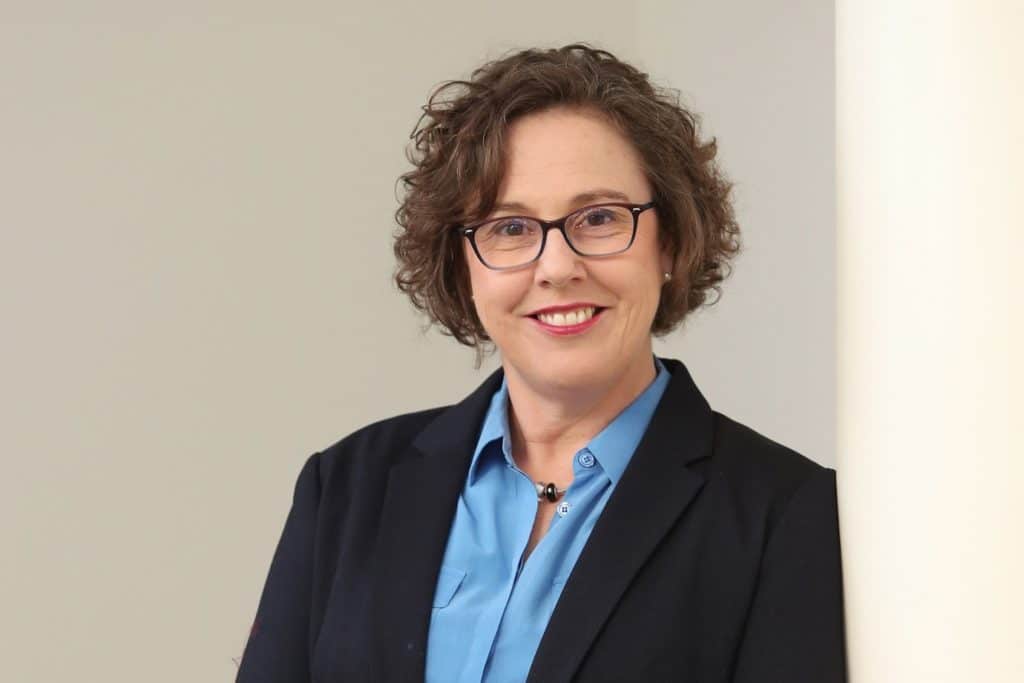Inclusion of culturally diverse and Indigenous Australians is lacking on boards of organisations across many sectors, despite a gender balance of 40 per cent female being achieved.
That is according to the newly released Women on Boards’ (WOB) report, Truth Be Told: Cultural Diversity on Australian Boards.
The report audits the boards of 232 organisations across five sectors: Cooperative Research Centres (with 22 boards examined), Federal Government Bodies (top 94 by the remuneration of board members), National Sporting Organisations (60 boards), Research & Development Corporations (15), Universities (41).
While gender balance was nearly achieved across all these sectors (46 per cent female and 54 per cent male), the overall cultural diversity was only at 12.5 per cent.
Universities performed best overall, achieving a 15.1 per cent rate of cultural diversity on their boards, and R&D Corps performed poorest, with zero cultural diversity evident from the desktop survey.

For Indigenous representation, the Federal Government came in the highest at 5.2 per cent. But further analysis found this to be skewed by the representation mostly coming from Indigenous-focused boards. Seventy-six per cent of Federal Government Bodies had zero Indigenous representation.

Executive Director of Women on Boards, Claire Braund, said that a 20-year focus on gender diversity in Australia has inadvertently resulted in “replacing the old white boys’ club with the new white girls’ club.”
“Which is not to say this has been a poor outcome, but we clearly need to use the lessons we have learnt in bringing women into the boardroom to springboard to being more culturally inclusive on our boards.”
Claire Braund, Executive Director of Women on Boards

Recommendations for improvement
Following their research, WOB has made some recommendations for organisations to begin addressing the issues impacting the lack of cultural diversity on boards.
WOB suggests organisations review and establish a consistent definition of what’s considered to be culturally diverse. This goes along with Recommendation 6 of the 2022 WGEA Review13 to undertake qualitative research with relevant stakeholders on the best way to collect more diversity data in addition to gender data.
Next, WOB points to Diversity Council Australia’s (DCA) recommendation to address cultural gaps by regularly undertaking an annual Counting Culture Survey, which can be extended to Boards.
It’s also important for organisations to report changes in their cultural diversity. WOB encourages the Australian Business Registry Service to add ethnicity as an option category for all people requiring a Director ID, and suggests ASIC to report on the cultural diversity of directors.
On LinkedIn, WOB recommends an added field for showing a person’s ethnicity/culture to encourage professionals to self-identify.
Boards should include ethnicity in their board skills / experience matrix as well to ensure gender and cultural diversity are part of their recruitment process. And WOB has called for boards to include ethnicity in published director profile information.
Braund said that “when you consider that more than 50 per cent of Australia’s population was either born overseas or are first generation Australians, there is quite a gap to close in order to better capture the experience and skills brought by our rich multicultural society on boards.”
“It is clear that while we can wait for a formal or legislated agenda, focussed attention from industry and organisations will drive the positive change we need in this area – just as it did gender balance on boards.”


